Long before Apple and Samsung trotted out their tablets, the lesser-known Archos had been making what were known as portable multimedia players (PMPs), which worked sort of like tricked-up MP3 players with video playback.
Now, after being not particularly successful with early Android tablets, the French company is back with a couple of tablets you really have to check out before buying an iPad or Samsung’s upcoming Galaxy Tab.
While buying some parts for a PC over the weekend, I found the Archos 70 and 101 tablets selling at Memory World and its other outlet Storage Studio at Sim Lim Square, and I joined a small crowd swiping our fingers over the screens of these two wonderfully portable machines.
Boy, was I pleasantly surprised after getting a quick hands-on with the gizmos.
For starters, look at the attractive prices:
- S$459 for the 7-incher 70 with 8GB
- S$499 for the 7-incher 70 with 250GB hard disk
- S$499 for the 10-incher 101 with 8GB (most popular, I’m told)
- S$599 for the 10-incher 101 with 16GB
All of them are Wi-Fi only and do not have 3G built in, which may be a good thing for those who don’t need mobile data, or can get it by tethering to their cellphones.
With the Archos 101, the bigger version with the 10.1-inch wide-screen, the first thing that hits you is how light it weighs in one hand. You can carry this and watch your movie on the train without tiring out your arm.
The specs say it is 480 grams, a good 200 grams or roughly 30 per cent lighter than the 680-gram iPad (Wi-Fi only model). On the hand, the lighter 101 really feels like a world of difference.
Looks-wise, Archos’ tablets are also much sleeker looking than the iPad and Galaxy Tab. Not just slim but streamlined, these feel like really thin computers that are perfect for surfing the Web or even reading e-books on.
The only thing is, the battery pack on the bigger 101 can feel a little warm. Though nowhere near your laptop’s warmth, it’s something you should look out for if you are sensitive to that. Archos doesn’t say how much juice the battery has, though it promises up to seven hours of video playback.
Under the hood, the 101 has the works: an 1GHz Arm Cortex A8 processor, support for all sorts of video and picture formats and a MicroSD slot that negates the relatively small 8/16GB flash memory for storing files. It also has a handy HDMI port to hook up to your TV if you want to watch movies stored on the tablet.
The same specs are found on the smaller 7-incher Archos 70, which to me, is just the right size and weight (just 300 grams for the flash memory model) to carry around. For some reason, the device also seems noticeably faster than its larger 101 cousin when I tried swiping my finger through the Android menus.
Speaking of Android, Archos promises Android 2.2 on the machines, but the tablets on sale at Sim Lim are still running Android 2.1, with promises of an update within the coming weeks.
That, to me, was the deal-breaker at the moment I was going to take out my ATM card to pay. To be fair, the devices are only to be officially launched in Singapore on Nov 17, but I held back from buying a device that may seem still in development.
Why does Android 2.2 matter? For one, I’d like Flash on the big screen. And, of course, the speed improvements that I have seen with the same OS update on my Nexus One.
Another thing to note is that, unlike the Samsung Galaxy Tab, there are no extra software, such as an e-reader and content that you may (or may not) like. Out of the box, the Archos gizmos are plain vanilla Android devices that probably require the user to download his own software.
Speaking of which, there doesn’t seem to be native Android Market support here. That means you either have to apply a hack or “sideload” the apps, that is, download them separately and install them by running the APK packages from your tablet.
Still, the Archos tablets look like they will give other tablets a run for the money given its low cost – once they are updated with Android 2.2. And they could really ruin the party for the upcoming Creative ZiiOs shipping here next month.
Unlike the Creative tablets, Archos’ two offerings appear to use capacitive screens, which are more sensitive and enable multi-touch. Strangely, the Memory World salesman told me the tablets use a special type of resistive screen that provides for what felt like very smooth pinch and zoom gestures, while Engadget says they use the now-common capacitive models.
Either way, at the prices they are sold, I expect these Archos tablets to stake a claim in the growing market, which will likely see new entrants such as Acer, Asus and Toshiba very soon. At the low-end, the Archos 70 and 101 will do particularly well, especially with their sleek design.
They’ll also be attractive to users who don’t want a built-in 3G link – I, for one, can tether with my Nexus One. With Wi-Fi b/g/n, the 70 and 101 will appeal as a device to surf or play games on while lounging in the living room.
With more competition in the horizon, and tablets running Google’s upcoming OSes made from ground-up for tablets, consumers may be spoilt for choice in the coming weeks and months.
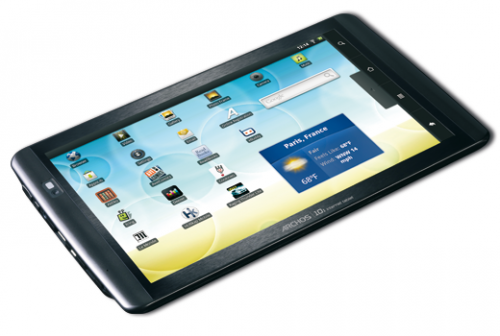
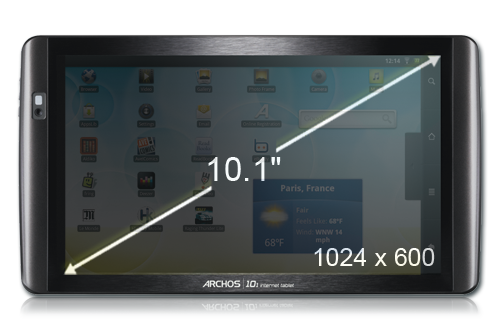
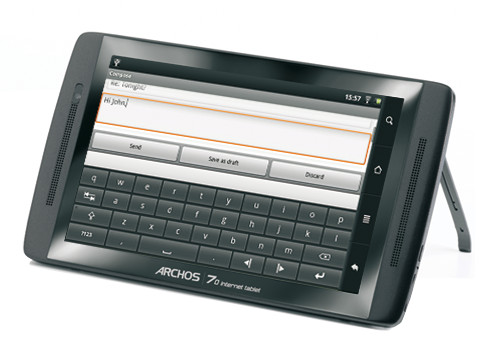
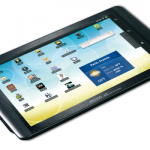
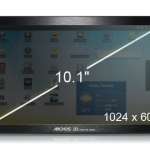
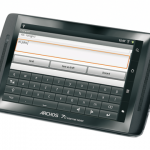
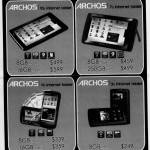
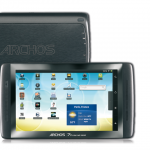





How/where to get Nook Color out of US?
this is a nice tablet for the price – i like the archos 70.
if only the nook color (from barnes n noble) is marketed here in SG – now that’s pretty much a nice geek toy.
Now that I think of it… If I buy the Archos 101… Will the future update-lets say ‘gingerbread’ use GPU and would make the UI experience more fluid?
errr.. is Archos 101 upgradable? sorry, if ever, this will be my first android device.
With what Deepak said.., will I have problems with android 101 if I play HD movies + multiple opened apps?
Do you recommend android 70 over 101? – Iam really torn. 😀
so, meaning to say samsung galaxy tab is better among archos & toshiba as100?
wow, they sure did mark those prices up!
for the 101 i saw these today, though the 16 was sold out until mid dec in europe.
8gb – $300 on US archos site, 300 euro on europe site
16gb – %350 on US archos, 350 euro on europe site
In comparison between Toshiba AS 100 & Samsung Tablet 7 against Archos 7 & 10.1 inch tablets – what are the advantages and/or disadvantages in features wise?
Pls clarify before I decide to buy which Brand/Model.
Thank you
The Samsung is the most polished IMO – I bought one and am using it now. The news reader and video/music players are excellent out of box. Samsung also didn’t just slap on Android on it but innovated with smarter Outlook-like reading panes in its mail app, as well as a Contacts app that makes good use of the bigger screen.
The Archos would be my second choice because of their prices and the sleek design. There’s also Market access via a hack, so it brings it closer to the Samsung in that aspect. Toshiba will have to be more competitive price-wise and it’s still to put Flash in its device out of the box, so you have to rely on unofficial channels to get it until Toshiba releases it (no firm date as I know).
Hopefully the Froyo 2.2 is released next week since it is shown in the fine print that 2.2 will be available in Nov 2010.
I guess Archos size will be the way to go since its compact and will not occupy too much space.
Tried Archos 70 at the shop. Able to connect to wireless sg but unable to get login page using default browser.
Thanks deepak for pointing that out. I was told too that the bigger screen sucks up more of the cpu’s juice but hadn’t known why the gpu didn’t kick in to help out.
> For some reason, the device also seems noticeably faster than its larger 101 cousin when I tried swiping my finger through the Android menus.
This is to be expected. Currently, Android doesn’t use the GPU to render the UI. Which means it is the CPU which is drawing each & every pixel on screen. So for a larger screen, you need more CPU horsepower. So all things being equal, like the 1GHz CPU, rendering the UI for a smaller screen will be snappier than for a larger screen.
Why doesn’t Android use the GPU to render UI? This bug report has some answers: http://code.google.com/p/android/issues/detail?id=6914#c1